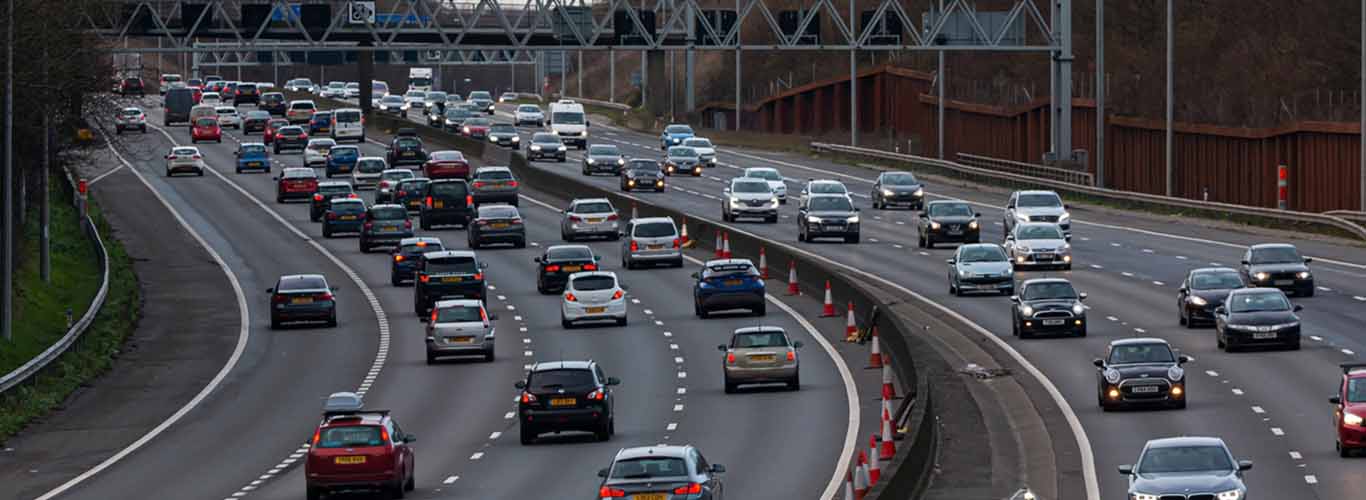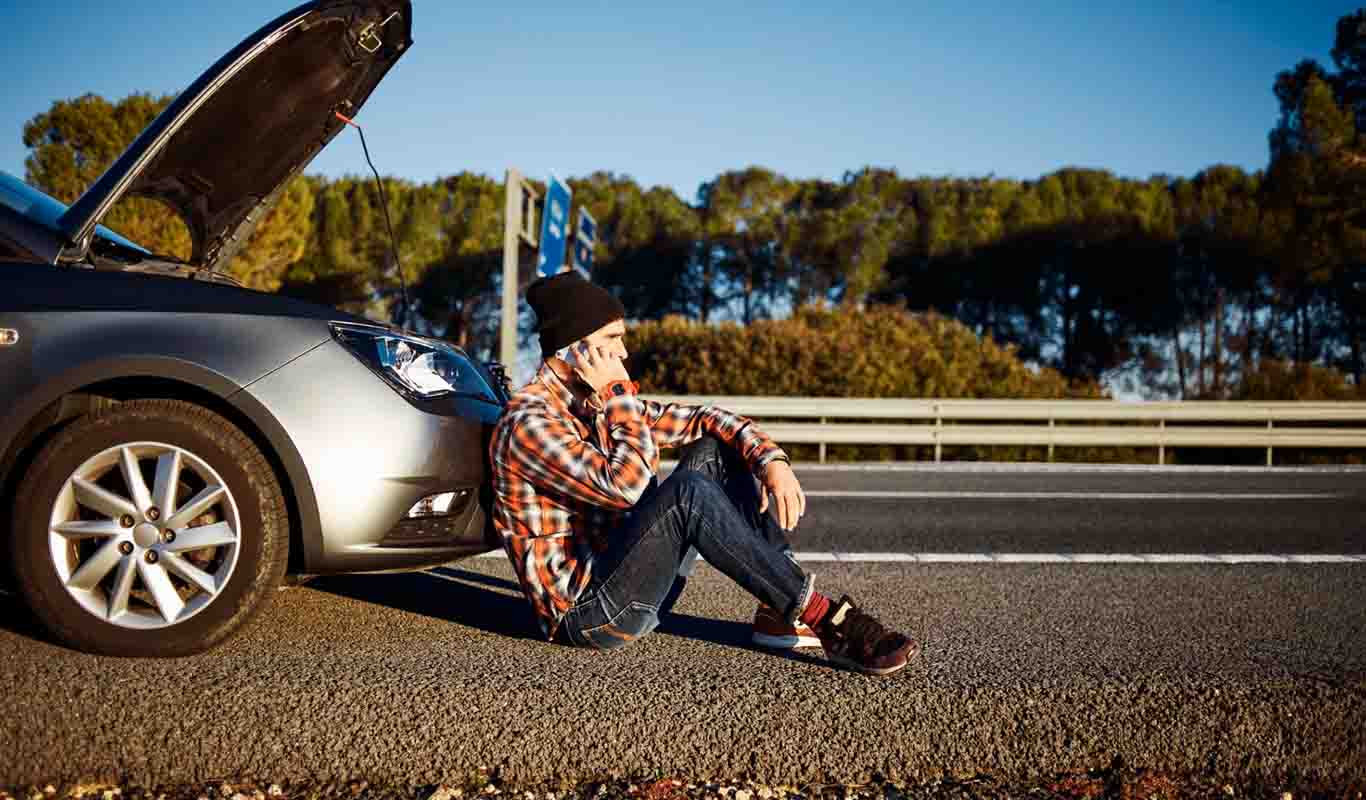Cars are the most fascinating machines of all time. They provide us with incredible utility and joy. While some of us do our best to keep our cars in the best condition, some do not know how to maintain their cars or lack the will to do so. In either case, cars can break down all of a sudden and without any warning. There are many reasons why cars can break down. Some of the most common causes include:
- Battery Issues: A dead battery or one not charging properly can cause a car to break down.
- Alternator Problems: The alternator charges the battery and powers the electrical system, so if it fails, the car’s electrical system may stop working, causing the vehicle to break down.
- Engine Problems: An engine can fail due to a variety of reasons, including overheating, lack of oil, or a malfunctioning part such as a fuel pump or timing belt.
- Fuel System Issues: Problems with the fuel system, such as a blocked fuel filter or a faulty fuel pump, can prevent fuel from reaching the engine, causing the car to stall.
- Ignition System Problems: A faulty ignition system, including the spark plugs, ignition coils, or distributor, can cause a car to misfire or not start.
- Electrical Issues: Problems with the car’s electrical system, including blown fuses or faulty wiring, can cause various systems to fail, leading to a breakdown.
- Overuse or Neglect: Cars that are not properly maintained or overused may experience various issues, including worn-out tires, worn-out brakes, or a dirty air filter, which can cause a breakdown.
To avoid breakdowns, you must regularly maintain your car, including checking the oil and other fluids, replacing worn-out parts, and inflating the tires. Pay, attention to any warning signs such as unusual noises or warning lights on the dashboard, and have them addressed promptly by a qualified mechanic.

What Should You Do if Your Car Breaks Down on the Motorway UK?
Cars can break down anytime anywhere including the motorway. If you ever experience such an emergency, follow the steps below to ensure your safety and that of others.
- Move your vehicle to the left-hand side of the hard shoulder as soon as it is safe, and switch on your hazard warning lights.
- If possible, leave the vehicle by the left-hand door and make your way to a safe place away from the car, such as behind a barrier or up an embankment.
- If you have a reflective jacket or high-visibility vest, wear it to make yourself more visible to other motorists.
- Use your mobile phone or an emergency phone on the motorway to call for assistance. The emergency phone can be found on the hard shoulder at approximately 1-mile intervals.
- If you have to wait for assistance, do not try to repair the vehicle yourself, as doing so on the hard shoulder can be dangerous.
- Do not attempt to cross the motorway on foot, as this can be extremely dangerous. Wait for assistance and guidance from a police officer or Highways England Traffic Officer.
- Once the vehicle is repaired or towed away, ensure that you only re-join the motorway once it is safe to do so and that your hazard warning lights are switched off.
- Remember, the hard shoulder is for emergencies only, so stop there if necessary. Use a motorway service area or other suitable rest stop if you need a break.
Your car breaks down on a motorway, and can’t get to the hard shoulder
If you cannot reach the hard shoulder due to a breakdown on a motorway, the first thing you should do is try and move your vehicle to a safe position if it is safe to do so. If your car cannot be moved, you should stay in your vehicle with your seat belt on and hazard warning lights activated.
It’s essential to remain calm and follow these steps:
- If possible, steer your vehicle to the left-hand lane and move it as far left as possible. Switch on your hazard warning lights.
- If it is unsafe to exit the car, it is recommended that you remain inside with your seat belt fastened and turn on your hazard warning lights.
- Call for assistance using your mobile phone or the emergency roadside telephone at the motorway’s side. The emergency roadside telephones are located at approximately 1-mile intervals.
- If you cannot reach the hard shoulder, the Highways England Traffic Officers will try to spot your vehicle on CCTV and close the affected lane as soon as possible to ensure your safety. They will then arrange for a recovery vehicle to attend to your car.
- If the emergency services advise you to leave your vehicle, follow their instructions and leave your car on the left-hand side. After safely exiting your vehicle, it is important to move away from it and stand behind the safety barrier or on the verge.

What Do if Your Car Breaks Down on Smart Motorway UK
If your car breaks down on a smart motorway in the UK, the procedure for dealing with the situation slightly differs from a traditional motorway breakdown. Here’s what to do:
- Move your vehicle to the nearest emergency refuge area (ERA). The ERAs are marked with blue signs and are regularly located along the motorway.
- If you cannot reach an ERA, move your vehicle to the hard shoulder or the nearest verge. If you are on an all-lane running section, drive your car as far left as possible.
- Switch on your hazard warning lights and exit the vehicle by the left-hand side. If leaving the car is unsafe, stay inside with your seat belt fastened and your hazard warning lights on.
- Call for assistance using your mobile phone or the emergency roadside telephone at the motorway’s side. The emergency roadside telephones are located at approximately 1-mile intervals.
- Follow the instructions on the overhead gantries for information on the situation and what to do next.
- Stay inside your vehicle and await further instructions or assistance if you are in an ERA.
- If you need to use the hard shoulder or verge, move away from the vehicle and stand behind the safety barrier or on the verge.
- Once your vehicle is repaired or towed away, ensure that you only re-join the motorway once it is safe to do so and that your hazard warning lights are switched off.
Your car breaks down on a smart motorway and you can’t get to an emergency refuge area
If you cannot reach an emergency refuge area (ERA) due to a breakdown on a smart motorway, the first thing you should do is try and move your vehicle to a safe position if it is safe to do so. If your car cannot be moved, you should stay in your vehicle with your seat belt on and hazard warning lights activated.
It’s essential to remain calm and follow these steps:
- Move your vehicle to the left-hand lane if it is safe, and try to move it as far left as possible. Switch on your hazard warning lights.
- Stay inside the vehicle with your seat belt fastened and hazard warning lights on.
- Call for assistance using your mobile phone or the emergency roadside telephone at the motorway’s side. The emergency roadside telephones are located at approximately 1-mile intervals.
- If you cannot reach an ERA, the Highways England Traffic Officers will try to spot your vehicle on CCTV and close the affected lane as soon as possible to ensure your safety. They will then arrange for a recovery vehicle to attend to your car.
- If you are advised to leave your vehicle by the emergency services, follow their instructions and leave your car on the left-hand side. Move away from the vehicle and stand behind the safety barrier or on the verge.
- Follow the instructions on the overhead gantries for information on the situation and what to do next.


